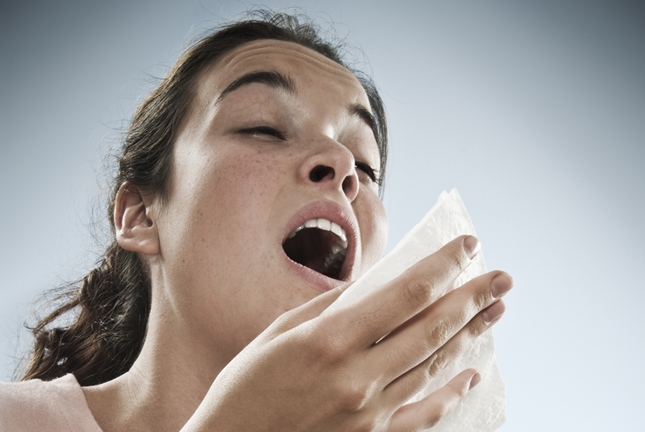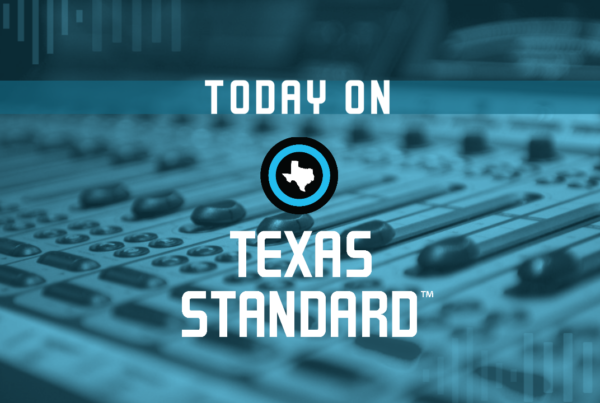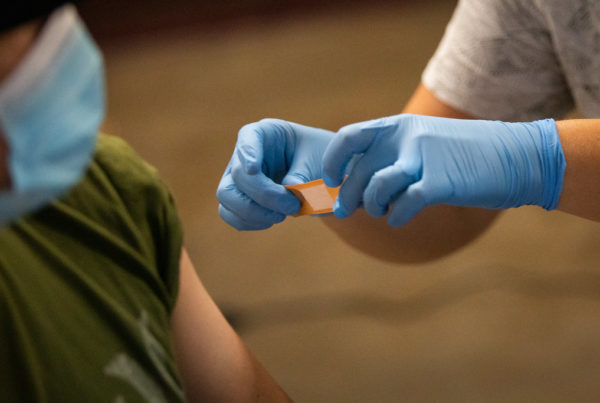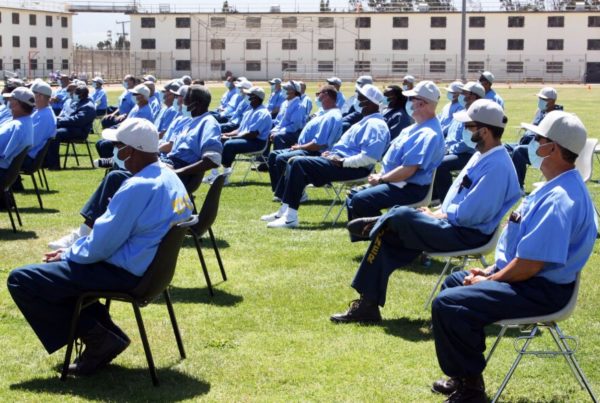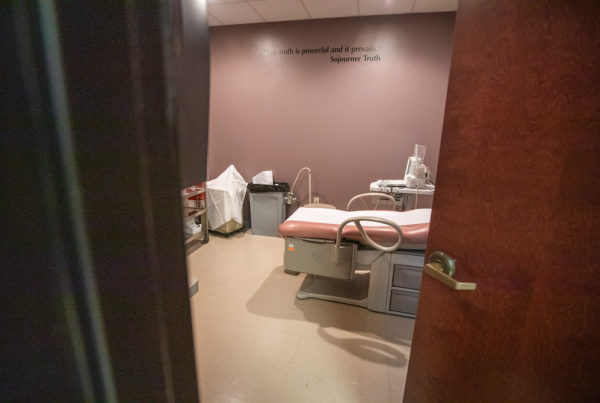The omicron variant has led to a surge in COVID-19 cases and hospitalizations in Texas and beyond. Although this version of the coronavirus has less severe symptoms than its predecessors, it’s more infectious – and it’s putting even more stress on a health care system that’s already been pushed beyond its limits.
Dr. Fred Campbell, a doctor of internal medicine and an associate professor at the Long School of Medicine at UT Health San Antonio, spoke to the Texas Standard about guidelines for protection against the new variant. Listen to the interview with Campbell in the audio player above or read the transcript below.
This interview has been edited lightly for clarity.
Texas Standard: Omicron seems to have less severe symptoms than other forms of the virus. Does this seem to be the case across age groups from what you can tell?
Dr. Fred Campbell: Well, it is fortunate that omicron is not quite as virulent overall as delta [variant]. However, in the high- risk individuals, particularly those with chronic heart, lung and kidney disease, cancer, and particularly the very old and unvaccinated individuals, the risk of of serious illness and death is still there.
Are cloth masks effective against it? Or should we be wearing something else, like N95 masks?
N95 is a respirator type of mask and certainly provides a significant degree of protection. They are considerably more expensive than the surgical masks or a reinforced cloth mask. But it is important that anybody who is high risk in those categories consider using an N95 mask for their own protection.
If you can’t get the N95 mask, what should you do? Is there a preferred alternative?
The less expensive but still effective types of mask would include a surgical mask, like the blue and white masks that completely cover the mouth and nose. The other alternative that’s still somewhat effective would be a reinforced cloth mask with at least two layers and using it properly over both the mouth and nose as tightly as possible.
What should you do after a positive result from an at-home rapid test? Are those tests reliable?
It appears that they are. Studies have shown that they are very reliable, and if someone is positive, it all depends upon whether they have severe respiratory symptoms as to whether or not to seek care – particularly, high fevers and shortness of breath should always be followed up on an emergency basis.
Curveball question here: I have a friend who had a positive test, but then they tested a second time and it came back negative. They tested a third time and it came back positive. Nobody else in the house tested positive at all. How would you handle a situation like that where you’re not sure if it’s a false positive or what?
Well, I would always consider a positive test to be a serious issue, and anyone who’s positive should be careful about exposure for a minimum of five days should should isolate themselves from exposure, particularly to the highest risk populations.
So if you do take a test, and through the course of that you get a positive, even if you get a negative shortly thereafter, assume that the positive is correct. Is that what you’re what you’re suggesting?
I would. I would consider testing a third time to make sure that it is, again, negative, and isolation for at least five days is considered to be important.
We are at a high time for cedar allergies here in Texas, and a lot of the symptoms seem to overlap with mild cases of COVID-19. Is there a telltale sign that helps to distinguish between the two?
That’s a tough question. Cedar allergies can be very severe and sometimes even associated with some asthma symptoms, so any severe shortness of breath would be important to be looked at on an emergency basis. Cedar allergies very seldom cause fevers above 100 degrees, so it’s more likely that that would be involved with another type of respiratory infection. But symptoms like severe congestion, sore throat, even some loss of taste would overlap between cedar allergies and some more serious infections.
And if you’re not sure, would you would recommend getting a COVID test?
I would get a test. I would also checked with a health professional for any lower respiratory symptoms, particularly things like wheezing. And by all means, shortness of breath should be taken care of right away.


